Are you a rock climber looking for your next big challenge? Or maybe you’re just someone who loves spending time in nature and wants to find the best place to go rock climbing. Either way, you’ll want to check out our list of the 10 best national parks for rock climbing! From Joshua Tree National Park in California to Acadia National Park in Maine, to the wilds of Alaska, these parks have something for everyone.
Here are Our Best National Parks for Rock Climbing
Yosemite National Park

Yosemite National Park is one of the most popular rock climbing destinations in the world, and for good reason. The sheer granite walls and iconic formations like El Capitan and Half Dome draw climbers from all over. And there are routes for all levels of climbers, from beginners to experts.
Some of the most popular places to rock climb in Yosemite include Yosemite Valley, Tuolumne Meadows, and Glacier Point Apron. There, you’ll find everything from easy single-pitch routes to multi-day big wall climbs.
Some other popular spots for rock climbing in Yosemite include Hetch Hetchy, Wawona Dome, and Arch Rock.
If you’re visiting for rock climbing, the best time to visit Yosemite National Park is from April to October. At that time of year, you’ll find weather conditions that are ideal for climbing. You can expect temperatures in the 60s and 70s during the day, and in the 40s and 50s at night.
There is also camping available in Yosemite. To camp in the park, you’ll need a permit and perhaps even a reservation, depending on where you’re staying. You can apply for a permit online or in person at the wilderness center. Visit our Lodging page for more information.
The entrance fee for the park is $30 per vehicle or $20 per person. Or you can get an annual pass for $80. Go to the USGS store for more details.
Zion National Park

Zion is another world-famous rock climbing destination, and for good reason. The sandstone cliffs here offer a unique challenge, and the views are simply incredible. There are routes for all levels of climbers but be prepared for some crowds during peak season.
Some of the most popular spots for rock climbing in Zion National Park include Angel’s Landing, the Big Wall, and the Cable Route.
Other great spots for climbing in Zion include Touchstone Wall, Prodigal Son, and the Sentinel.
The most challenging rock climbing experience in Zion National Park is definitely the Big Wall. It’s a multi-day climb that requires some serious planning and preparation.
If you’re looking to avoid the crowds, the best time to visit is during the shoulder seasons of spring and fall. However, be aware that some routes may be closed due to rockfall or other hazards.
There is also camping available in Zion National Park. You can find more information on camping and permits on the park’s website.
The entrance fee for the park is $30 per vehicle or $20 per person.
Rocky Mountain National Park
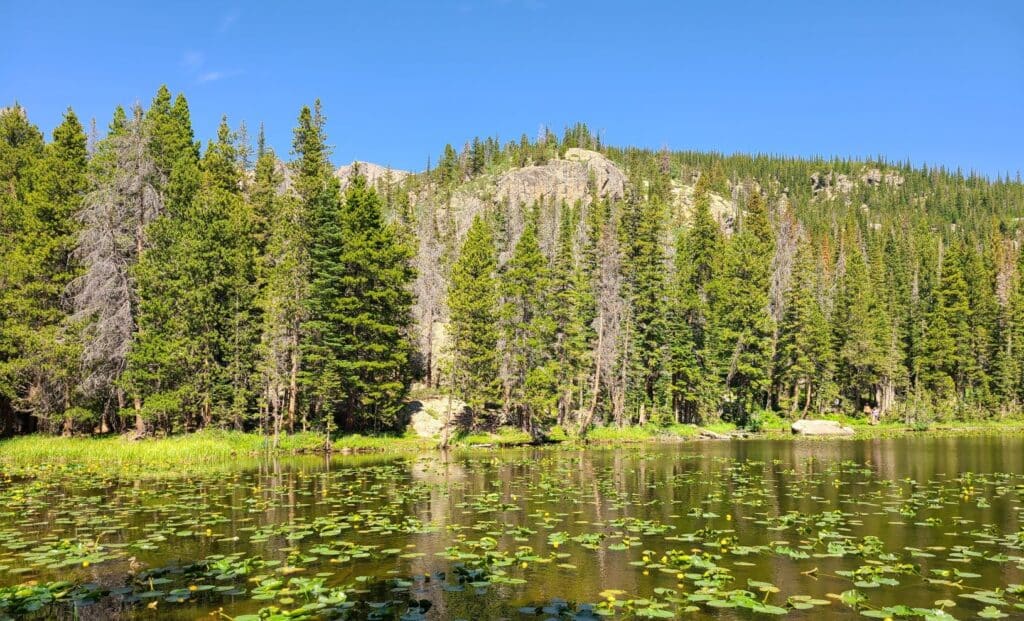
Rocky Mountain National Park is a rock climbers paradise, with more than 3,000 routes to choose from. The park is also home to some of the tallest peaks in the Rockies, including Longs Peak, which tops out at 14,259 feet.
Whether you’re a beginner or an experienced climber, Rocky Mountain National Park has something to offer. The park is home to a variety of climbing styles, from traditional rock climbing to bouldering and sport climbing. There are also a number of different terrain types to choose from, including alpine, granite, and sandstone.
Some of the most popular spots in Rocky Mountain National Park for rock climbing include the Diamond, the Petit Grepon, and the East Face of Longs Peak. The Diamond is a climbing area located on the north side of Longs Peak. It features a variety of routes, ranging from easy to difficult. The Petit Grepon is a smaller climbing area located near Estes Park. It features a number of shorter routes, making it a good spot for beginners. The East Face of Longs Peak is one of the most popular rock climbing areas in Rocky Mountain National Park. It features a number of challenging routes, with stunning views of the surrounding area.
The best time to visit the park is from May to September. This is when the weather is comfortable, and you can enjoy all that the park has to offer. If you visit in the winter, be prepared for closed roads. The hottest months also see the most visitors, so if you want to avoid crowds, May and October are better options.
Acadia National Park
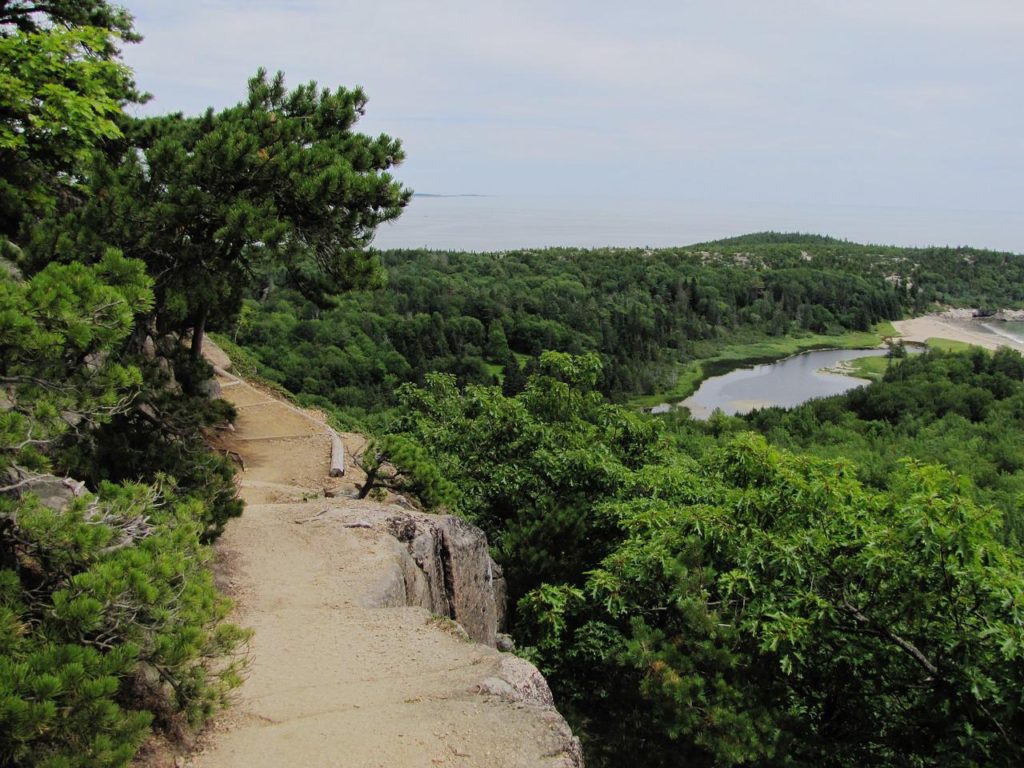
Acadia is one of the most popular rock climbing destinations on the East Coast. The cliffs here offer stunning views of the Atlantic Ocean, and there are routes for all levels of climbers.
Some of the most popular rock climbing areas in Acadia National Park include Otter Cliffs, Great Head, and Frenchman Bay. Otter Cliffs is a great climbing area located on the east side of Mount Desert Island. It features a variety of routes, ranging from easy to difficult.
Great Head is a smaller climbing area located near Sand Beach. It features a number of shorter routes, making it a good spot for beginners. Frenchman Bay is one of the most popular rock climbing areas in Acadia National Park. It features several challenging routes, with stunning views of the surrounding area.
For the best weather, visit May through September. Here you’ll find comfortable temperatures. All roads should be open, and you can enjoy everything the park has to offer. If you visit in the winter, be prepared for closed roads.
The hottest months also see the most visitors. To avoid crowds, May and October have dramatically fewer visitors.
Arches National Park
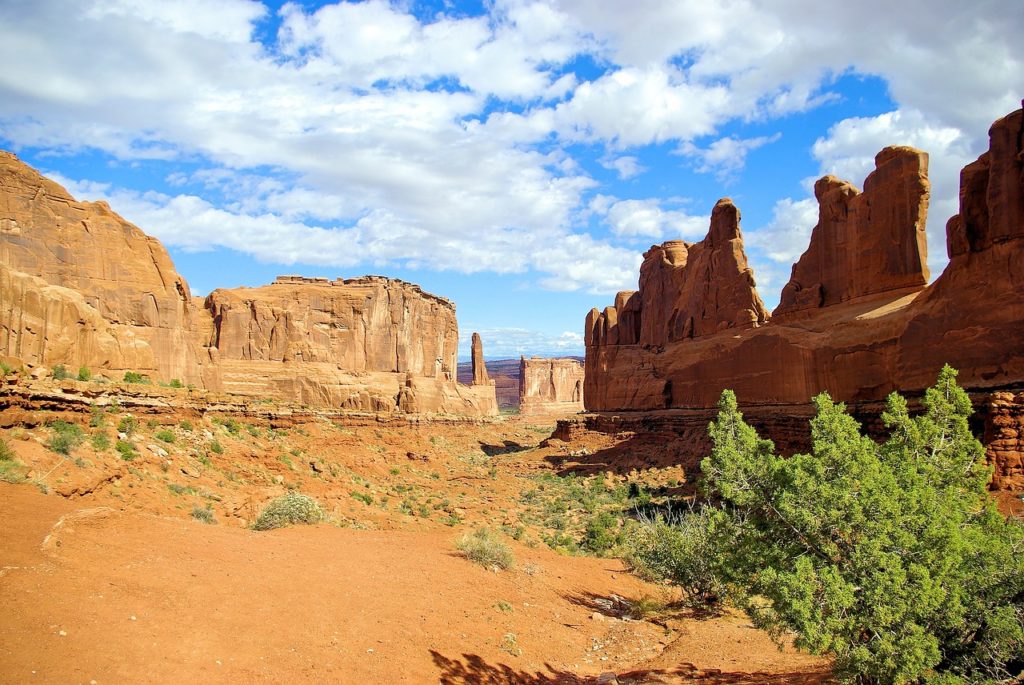
Arches National Park is home to more than 2,000 natural sandstone arches, as well as a variety of other rock formations. The park is a popular rock climbing destination, with routes for all levels of climbers.
Some of the most popular areas for rock climbing in the park include:
-The Windows Section: The Windows Section is home to some of the most popular rock climbing routes in the park. This area includes a variety of routes, from easy beginner climbs to more difficult advanced climbs.
-The Fiery Furnace: The Fiery Furnace is a maze-like area composed of sandstone fins and narrow slot canyons. Climbing in this area requires a permit, and climbers must be accompanied by a ranger.
For some of the best rock climbing experiences in the park, you can also check out:
-The Tower of Babel: The Tower of Babel is a rock tower that offers climbers a variety of routes to summit. This is a popular spot for experienced climbers, as some of the routes are quite difficult.
-Castleton Tower: Castleton Tower is one of the most iconic rock formations in the park. The summit can be reached
Whether you’re a seasoned climber or just starting out, Arches National Park is a great place to enjoy rock climbing. With so many different routes to choose from, there’s something for everyone.
The best time to visit the country is in April, May, September, and October when the weather is comfortable. The weather can be dangerously hot in the summer months, so it’s best to avoid those times if you can. The hottest months also see the most visitors, so if you want to avoid crowds, April and October are a good.
Canyonlands National Park
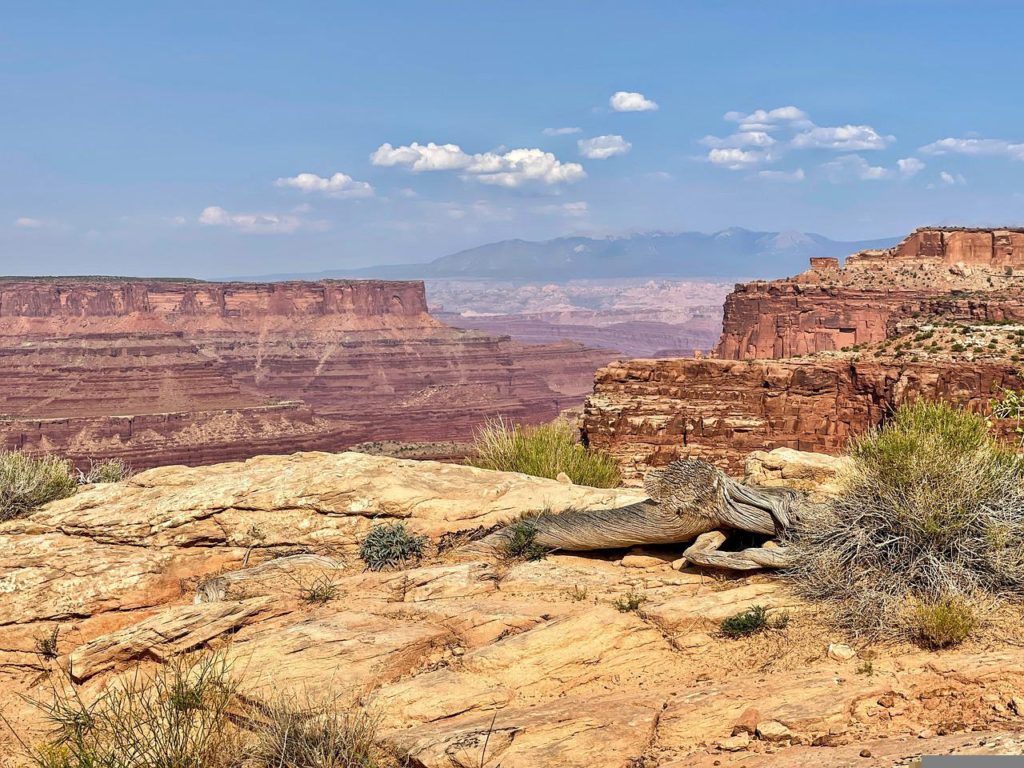
Canyonlands is home to some of the most iconic rock formations in the American Southwest. The park is divided into three districts, each with its own unique rock climbing opportunities. The Island in the Sky district offers beginner-friendly routes with stunning views. The Maze district is a challenging destination for experienced climbers. And the Needles district offers a variety of routes for all levels of climbers.
Some of the most popular spots in Canyonlands National Park for rock climbing include:
– The Island in the Sky district
The Island in the Sky District is located in the northern section of Canyonlands National Park. This area is known for its easy-to-moderate rock climbing routes and stunning views. Some of the most popular spots in the Island in the Sky district include Mesa Arch, Grand View Point, and Upheaval Dome.
– The Maze district
The Maze District is located in the western section of Canyonlands National Park. This area is known for its challenging rock climbing routes. The Maze district is not for beginners, but experienced climbers will find plenty of routes to test their skills. Some of the most popular spots in the Maze district include the Great Gallery, Landscape Arch, and Double O Arch.
– The Needles district
The Needles District is located in the southern section of Canyonlands National Park. This area is known for its a variety of rock climbing routes for all levels of climbers. Some of the most popular spots in the Needles district include Elephant Hill, Pothole Point, and Tower Arch.
The best time to visit the park is from April to October. This is when you’ll find comfortable temperatures. However, it can get hot in July and August. The park also doesn’t get a lot of precipitation, so there’s no rainy season.
The park gets the most visitors from April to October, but it doesn’t ever get too crowded.
Joshua Tree National Park
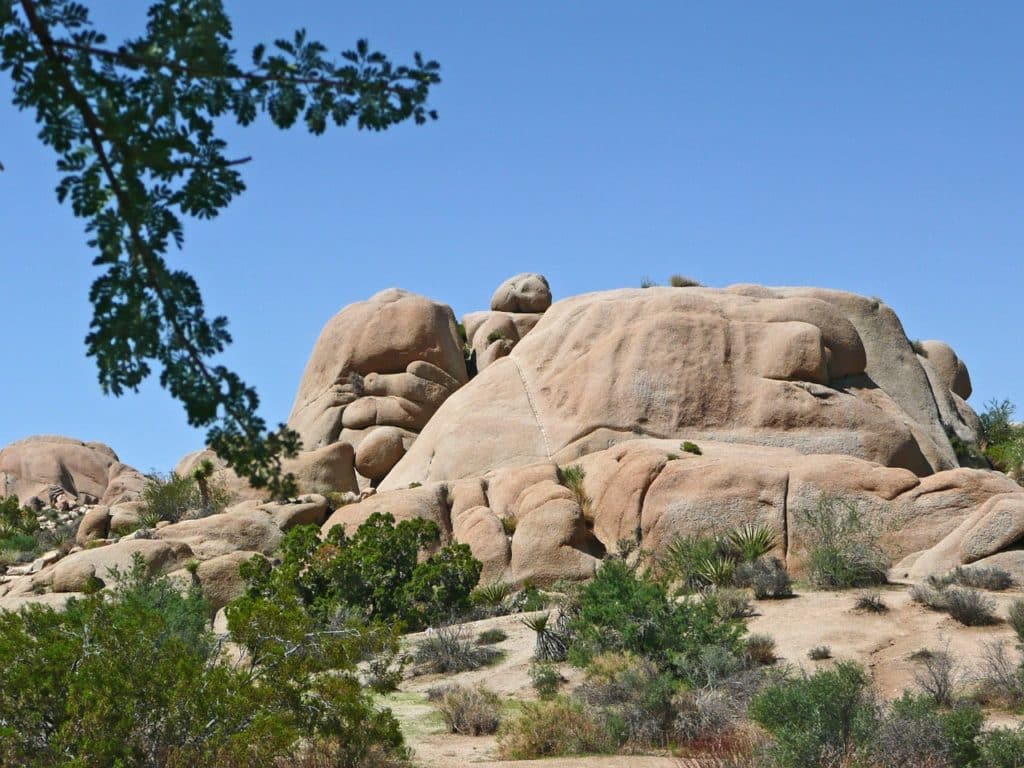
Joshua Tree National Park is one of the most popular rock climbing destinations in the world, and for good reason. The park is home to more than 8,000 climbing routes, as well as some of the most iconic rock formations in the world.
Some of the most popular spots in Joshua Tree National Park for rock climbing include:
– Hidden Valley Campground: This is one of the most popular areas in Joshua Tree National Park, and for good reason. The campground is home to more than 500 rock climbing routes, as well as a number of easy-to-access boulders.
– Barker Dam: Barker Dam is a great spot for rock climbers of all levels, as it offers a variety of routes ranging from easy to difficult. The dam itself is also a beautiful spot, and it’s worth taking a break from rock climbing to explore it.
– Ryan Mountain: Ryan Mountain is one of the most popular hiking trails in Joshua Tree National Park, but it’s also a great spot for rock climbing. The trailhead is located just a short hike from the Hidden Valley Campground, making it easy to access.
The optimum months to visit are usually March through May and September through November. Summer temperatures can reach up to 100 degrees Fahrenheit. The summer months are less crowded owing to the heat. The busiest month of the year is March.
Grand Teton National Park

Grand Teton is home to some of the tallest peaks in the Rockies, including the Grand Teton itself, which tops out at 13,770 feet. The park is a popular rock climbing destination, with routes for all levels of climbers.
Some of the most popular rock climbing areas in Grand Teton National Park include:
– Jenny Lake: Jenny Lake is one of the most popular rock climbing areas in Grand Teton National Park, and for good reason. The lake is home to more than 1,000 routes, as well as a number of easy-to-access boulders.
– Teewinot Mountain: Teewinot Mountain is a great spot for rock climbers of all levels, as it offers a variety of routes ranging from easy to difficult. The summit of the mountain offers stunning views of the surrounding area, and it’s worth taking a break from rock climbing to enjoy them.
– Grand Teton: The Grand Teton itself is one of the most popular rock climbing destinations in the world, and for good reason. The peak is home to more than 2,000 routes, as well as some of the most iconic views in the Rockies.
The optimum months to visit are usually June through August. The busiest month of the year is July.
Haleakala National Park
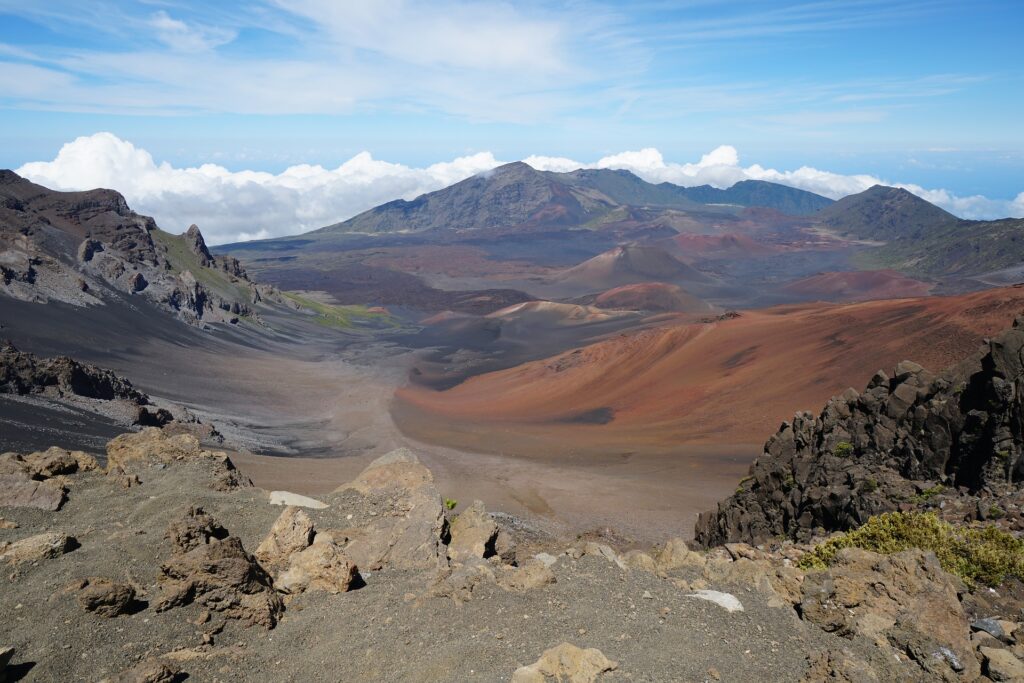
Haleakala is home to the tallest peak in the Hawaiian Islands, at 10,023 feet. The park is a popular rock climbing destination, with routes for all levels of climbers.
Beginners can try their hand at the shorter, easier routes, while experienced climbers can tackle the longer, more challenging ones. There are also several guided rock climbing tours available, which is a great way to learn about the sport and get some tips from an expert.
Some of the most popular rock climbing areas in Haleakala National Park include the Crater Rim Trail, the Sliding Sands Trail, and the Halemauu Trail.
The Crater Rim Trail offers stunning views of the crater, as well as a variety of rock types to climb. The Sliding Sands Trail is a popular choice for beginners, as it has shorter and easier routes. The Halemauu Trail is a bit more challenging, with longer routes that are best suited for experienced climbers.
There are also several cliffs and rock faces that offer great views of the surrounding area. No matter what your skill level, rock climbing in Haleakala National Park is an experience you won’t soon forget.
At the park, temperatures don’t vary much throughout the year. However, winter is the rainy season, so you’ll encounter pleasant, dry weather in the summer months. The park’s busiest period extends from May through August.
Denali National Park and Preserve
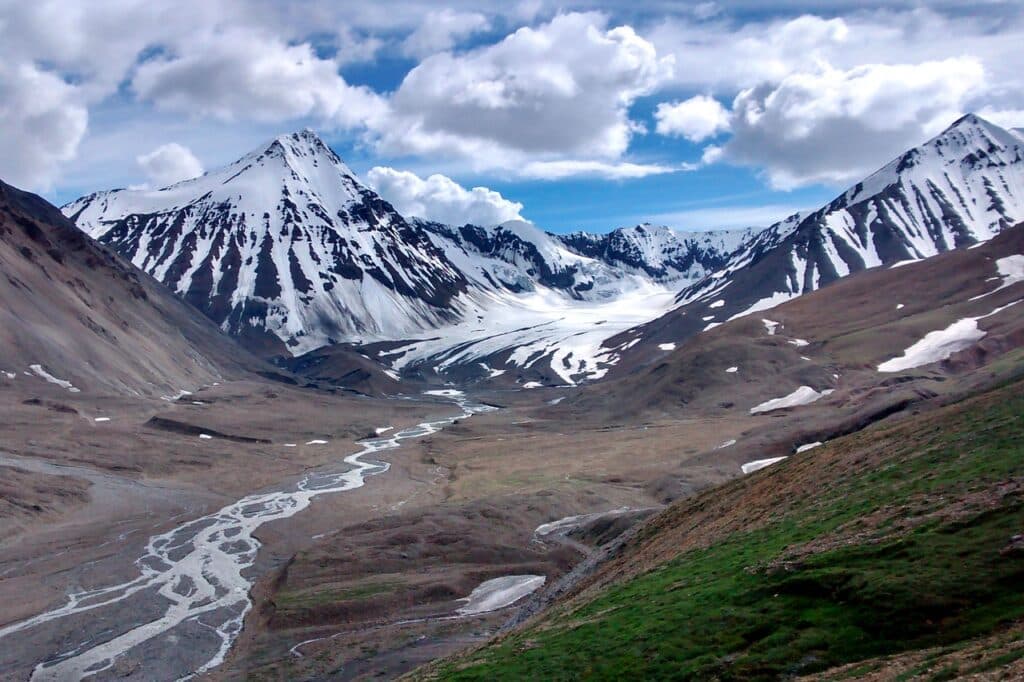
Denali National Park and Preserve is a rock climber’s paradise, with routes ranging from easy to extremely difficult. The park is also home to some of the most beautiful scenery in Alaska, making it a popular destination for climbers and non-climbers alike.
Denali is home to the tallest peak in North America, at 20,310 feet. The park is a popular rock climbing destination, with routes for all levels of climbers.
Some of the most popular areas of the park for rock climbing include the Ruth Gorge, West Buttress, and the Muldrow Glacier.
Ruth Gorge: The Ruth Gorge is one of the most popular rock climbing areas in Denali National Park. The routes here range from easy to difficult, making it a great place for climbers of all levels.
West Buttress: The West Buttress is another popular rock climbing area in Denali National Park. The routes here are mostly moderate to difficult, and there are some that are considered to be advanced.
Muldrow Glacier: The Muldrow Glacier is a popular rock climbing area in Denali National Park. The routes here are mostly easy to moderate, and there are a few that are considered to be difficult.
When planning your rock climbing trip to Denali National Park, be sure to check with the park ranger station for conditions and closures.
Visit in June, July, or August for the best weather. You’ll experience moderate temperatures and long days. Although these are the busiest months, the park is big enough that waiting isn’t an issue. If you’re seeking to avoid people while yet having reasonable weather, September is a good time to visit. From October through April, few people come, but the weather can be extreme.

